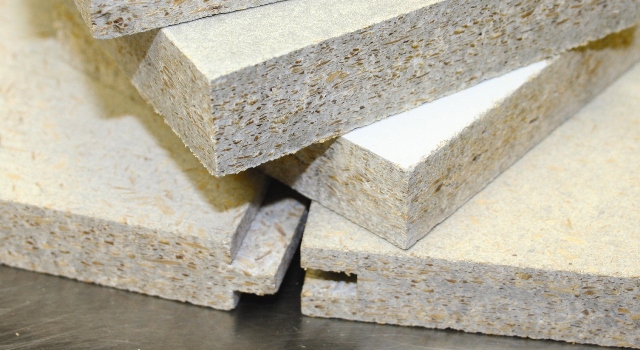 There are several very good reasons why an architect might specify Versapanel, but chief amongst them is the fact that it’s manufactured to BS EN 634 Part 1 and 2, governing particle boards’ and wood-based panels’ tensile strength, mechanical properties, density, load factors and resistance to humidity, frost and hard body impact.
There are several very good reasons why an architect might specify Versapanel, but chief amongst them is the fact that it’s manufactured to BS EN 634 Part 1 and 2, governing particle boards’ and wood-based panels’ tensile strength, mechanical properties, density, load factors and resistance to humidity, frost and hard body impact.
These standards aren’t simply a ‘nice to have’. According to the BRE Digest on Cement-Bonded Particle Boards, “it is now a legal requirement in the UK under the Construction Products Regulations of 1991 and the Construction Products (Amendment) Regulations of 1994 that wood-based panels be manufactured to and specified and used against a European Technical Specification, principally EN 13986, or a European Technical Approval (ETA). EN 13986 in turn will call up EN 634 for cement-bonded particleboard, the UK version of which is BS EN 634.”
So, when an architect specifies “Versapanel or equal approved” then the cement-bonded particle board used must also meet BS EN 634 Part 1 and 2. If a board is specified that is not “equal approved” and it fails, the consequences could be very serious indeed.
In short, architects know that Versapanel protects the people who work and live in the buildings of which it is a component, as well as protecting the reputations of the people and companies that design and construct those buildings.
What’s more, an FSC Chain-of-Custody certified version of Versapanel is now available, Versapanel Eco, which can provide three credits toward sustainable construction objectives.


